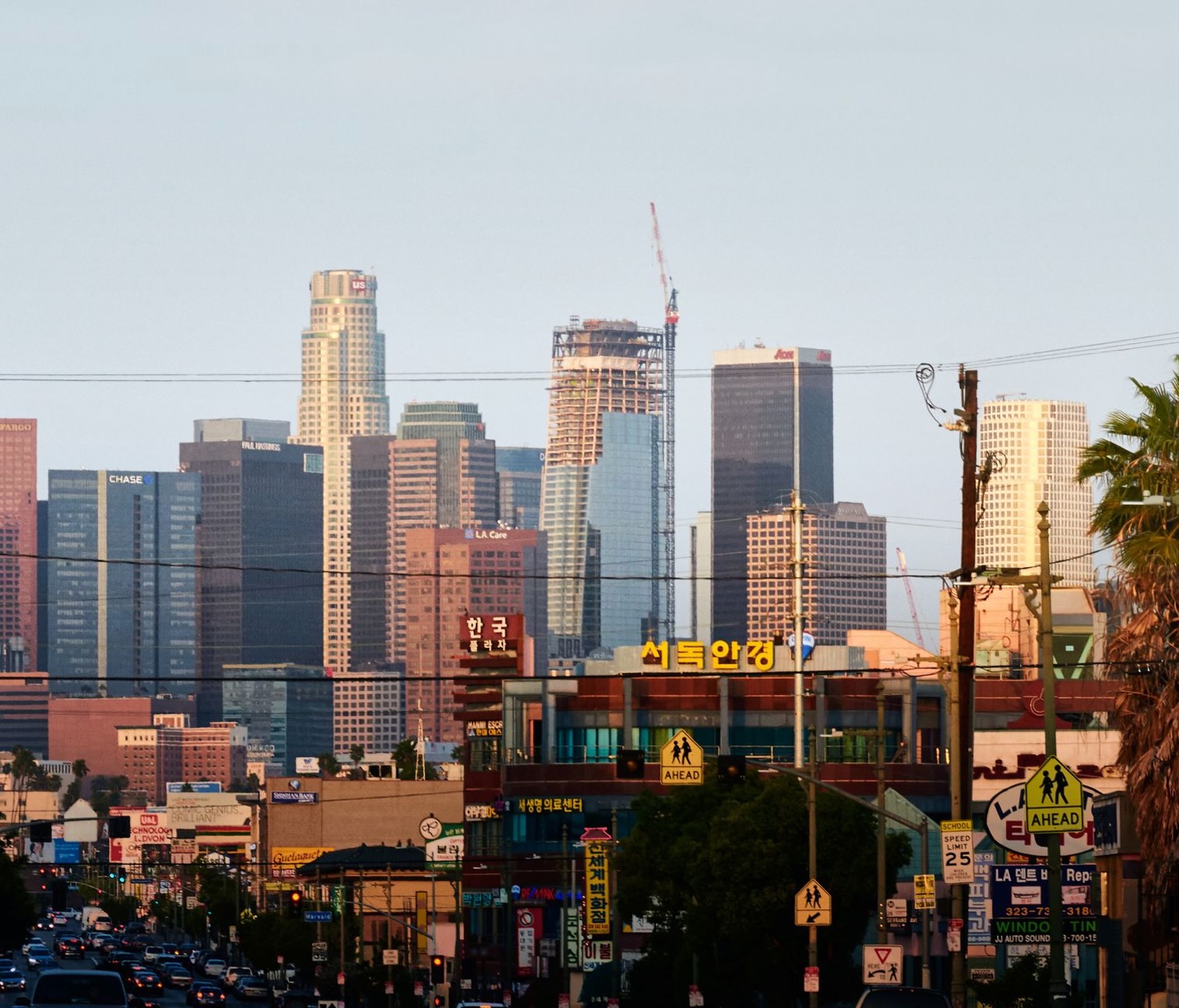HEATHER CREAMER WRITES – In Los Angeles, the 2.7 square mile Koreatown neighborhood is the densest in the city and one of the densest in the United States. It is also one of the most resilient, as it bounces back from the COVID-19 pandemic.
A study by UCLA showed that there were a total of 4,919 businesses in the Koreatown area. 97% were small businesses, 41% were Asian businesses, and 32% were small Asian businesses.
At the onset of COVID-19, the residents and merchants of Koreatown quickly adapted, as they have throughout history, with tents popping up in parking lots and on streets as people moved their operations outdoors; and now, as things are transitioning into a new normal, businesses are continuing to grow. Koreatown’s many bars, restaurants, malls, retail shops, billiard parlors, and nightclubs play a role in many Angelenos’ daily or at least social lives once again.
So what’s the problem?
For one, it was recently the object of a truly awful racist tirade by the Los Angeles City Council president Nury Martinez, who degraded Oaxacan immigrants living in Koreatown, calling them “little short dark people.” Census data shows Koreatown’s population to be around half Hispanic, so Martinez’s comments were deeply felt. A recent article on L.A. Taco points out that Mexicans and Central Americans have been living in Koreatown for several decades. Chef Mario Alberto adds that “our communities are dependent on each other…at El Taurino, you have Mexicans cooking for Koreans, and at KBBQ, that’s where they feed us.”
There have been other negative developments. Consider the shooting of a 32-year-old rapper who was walking home with a friend when someone pulled up and started shooting. The deceased’s friend got away. Unfortunately, the gunman got away too, and has yet to be arrested as reported by KTLA in a recent report headlined Rapper Half Ounce killed in Koreatown shooting; gunman sought.
Crime in the area is not a new issue. When the Rodney King riots occurred in 1992, Koreatown was hit hard. Many of the businesses that were targeted by looters and rioters were Korean-owned, and residents lost their lives in April 1992. Some businesses would never reopen or recover, but Koreatown was largely rebuilt and reinvented over the following decades.
The foundation to this rich, beautiful and resilient history was laid by immigrants such as Lee Hi Duk. After immigrating to the United States in 1968, he noticed there were no stores selling the groceries Korean immigrants missed from home. Wanting to improve this situation, he opened the Olympic Market and stocked it with Korean brands. Before long he then began working with city officials and landowners to push the growth of the area by helping other Korean immigrants to start their own businesses. Today, Koreatown continues to offer a variety of cultures and lifestyles that turn it into something like an entry point for Los Angeles.
With its resilience through pandemics, race disturbances and crime, it’s no wonder LA’s Koreatown is often referred to as the best Koreatown outside of Korea.


One Reply to “L.A.’S KOREATOWN: INSPIRING ICON FOR COMMUNITY RESILIENCE”